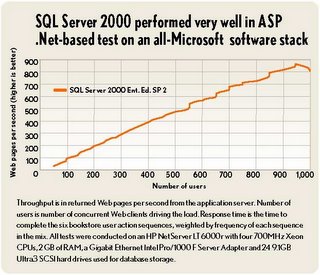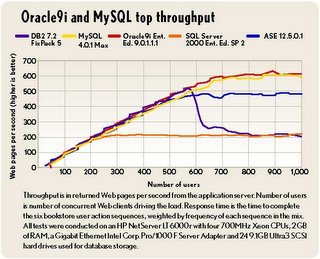Interesting
 This book boils down to one reality, no matter how smart, creative, and innovative your organization seems to be, there will be always smarter, more creative and innovative individuals who are not part of your organization. If you share the same point of view you may also ask yourself how would an organization then take advantage of those outside, individuals who could bring such a huge value. Guess what... Open source allows you to bring them in, and have access to more innovation by building a creative community that reaches a way beyond the barriers of classical business. Both authors argue that the “ Key is developing a web-driven community where new types of collaboration and creativity can flourish”. Ron Goldman and Richard Gabriel share with us lessons learned from their own experiences with open source, as well as those from other well-known projects such as Linux, Apache, and Mozilla.
This book boils down to one reality, no matter how smart, creative, and innovative your organization seems to be, there will be always smarter, more creative and innovative individuals who are not part of your organization. If you share the same point of view you may also ask yourself how would an organization then take advantage of those outside, individuals who could bring such a huge value. Guess what... Open source allows you to bring them in, and have access to more innovation by building a creative community that reaches a way beyond the barriers of classical business. Both authors argue that the “ Key is developing a web-driven community where new types of collaboration and creativity can flourish”. Ron Goldman and Richard Gabriel share with us lessons learned from their own experiences with open source, as well as those from other well-known projects such as Linux, Apache, and Mozilla.Reading this book was much more a mean to reinforce some of the conception I already had about Open source at large, it has however added to me a better appreciation of how all of this could work in a business environment. I find this book interesting to every body, no matte if you are a software oriented person or not, if you know open source or not. To me this book succeeded in combining theory about the Open source revolution and the reality inside corporation.




